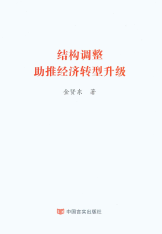
主要责任者: 金贤东
责任方式: 著
出版者: 中国言实出版社
出版地: 北京
字数: 10 千字
页码: 1-16
开本: 32
中图分类号: F12
语种:中
定价:3.50
出版时间:2015-03
丛书多卷书否:否
书目简介:本册工具书共收录5条词条。
- 塔里木河流域水资源、环境与管理学术讨论会
- 塔里木河流域遥感资源考察
- 塔里木河生态千里巡科普巡展
- 塔里木河研究
- 塔里木河综合治理
- 塔里木河综合治理研究
- 塔里木油气区
- 塔里木油气资源勘探开发与新疆经济发展
- 塔里木油田
- 塔里木油田分公司勘探开发研究院
- 塔里木油田分公司勘探开发研究院勘探所
- 塔里木流域水利委员会
- 塔里木灰杨林
- 塔里木盆地
- 塔里木盆地内陆河水系
- 塔里木盆地北缘含煤区
- 塔里木盆地南缘含煤区
- 塔里木盆地库车前陆逆冲带构造分析与目标评价
- 塔里木盆地沙漠化防治与水资源管理的研究
- 塔里木盆地石油勘探对外招标区
- 塔里木盆地石油资源座谈会
- 塔里木盆地绿洲双百斤皮棉配套技术推广
- 塔里木盆地绿洲吨粮田技术推广
- 塔里木盆地边缘戈壁
- 塔里木盆地高分辨率高精度大地水准面的确定及卫星全球定位系统基准网的建立